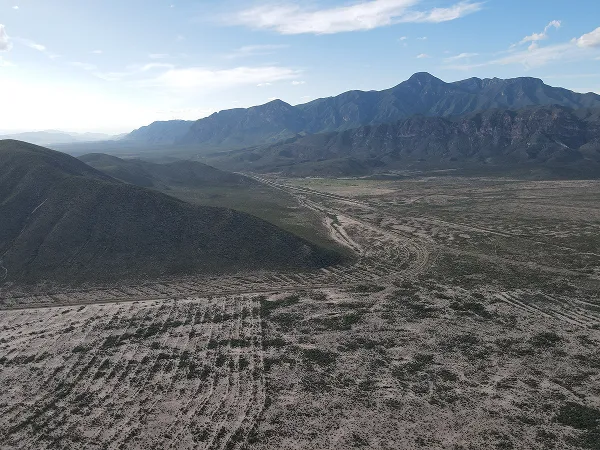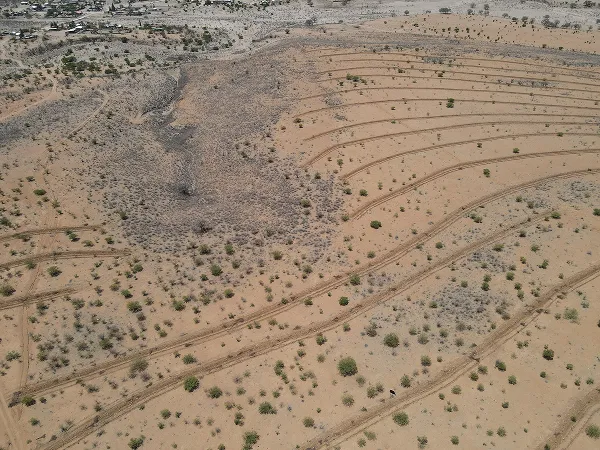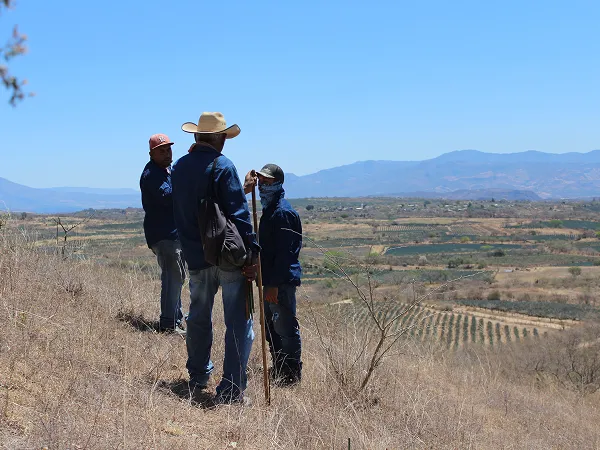Conhuás
Carbon
Campeche, México
In the heart of Calakmul, the Conhuás ejido decided to preserve its rainforest as a path of development. Through a forest carbon capture model, the community protects its territory, generates employment and strengthens its local capacities for long-term sustainable management.
~
350
K
carbon offsets
annually estimated
+
47
K
hectares
preserved
187
ejido members
receive benefits from the project
757
local residents
inhabit the ejido
282
sites
of carbon monitoring

(01)
The context
A Forest Mosaic on the Frontlines of Climate
Located in southeastern Mexico, the Conhuás ejido conserves more than 58,000 hectares of tropical rainforest, acting as a natural connector between the Calakmul Reserve and other key areas for biodiversity. 96% of its territory remains covered by forest vegetation, making it a critical link within the region's biological corridor.
However, its strategic location also makes it vulnerable: fires, deforestation and pressure from land use change threaten the continuity of this ecosystem. At the same time, economic opportunities are limited for their population, increasing dependence on extractive activities.
Location
Campeche, México
Dimensions
The Project Area (ADP) is 58.493 hectares, while the Activity Area (ADA) is 47,330,115 hectares under restoration.
Productive Activities
Temporary agriculture, beekeeping, and in some areas of the ejido, ecotourism.
Vegetation
Low semi-evergreen rainforest to medium semi-evergreen rainforest
Fauna
Mammals such as the tapir (Tapirus bairdii), white-tailed deer (Odocoileus virginianus), jaguar (Panthera onca), aardvark (Tamandua mexicana), temazate (Mazama temama), Tlacuache (Didelphis marsupialis), Tepezcuintle (Cuniculus paca), puma (Puma concolor), white-lipped peccary (Tayassu pecari), martucha (Potos flavus), spider monkey (Ateles geoffroyi), birds such as the Royal-billed toucan (Ramphastos sulfuratus) and the ocelated turkey (Meleagris ocellata), as well as reptiles such as boa (Boa constrictor).
Flora
Trees such as mahogany (Swietenia macrophylla), ramón (Brosimum alicastrum), tzalam (Lysiloma latisiliquum), red chacá (Bursera simaruba), pucté (Bucida buceras), dye stick (Haematoxylum campechianum) and chicozapote (Manilkara zapota).
Certifier
Climate Action Reserve (CAR)
Protocol
Forest Protocol Version 3.0
Verifier
Ruby Canyon (first period) and GREENCI (second period)

“We are constantly learning about the value of the ecosystem services provided by the Conhuás rainforest. The community is holding workshops to return to overlooked aspects and benefits of forest regeneration, including positive impacts on biodiversity, such as flora and fauna, and tree growth.”
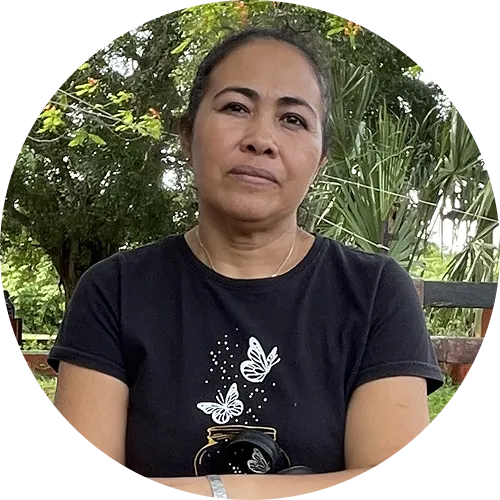
Ruth Chávez
Ejido member
_Conhuas.webp)
.webp)
.webp)
_Conhua%CC%81s.webp)
_Conhuas.webp)
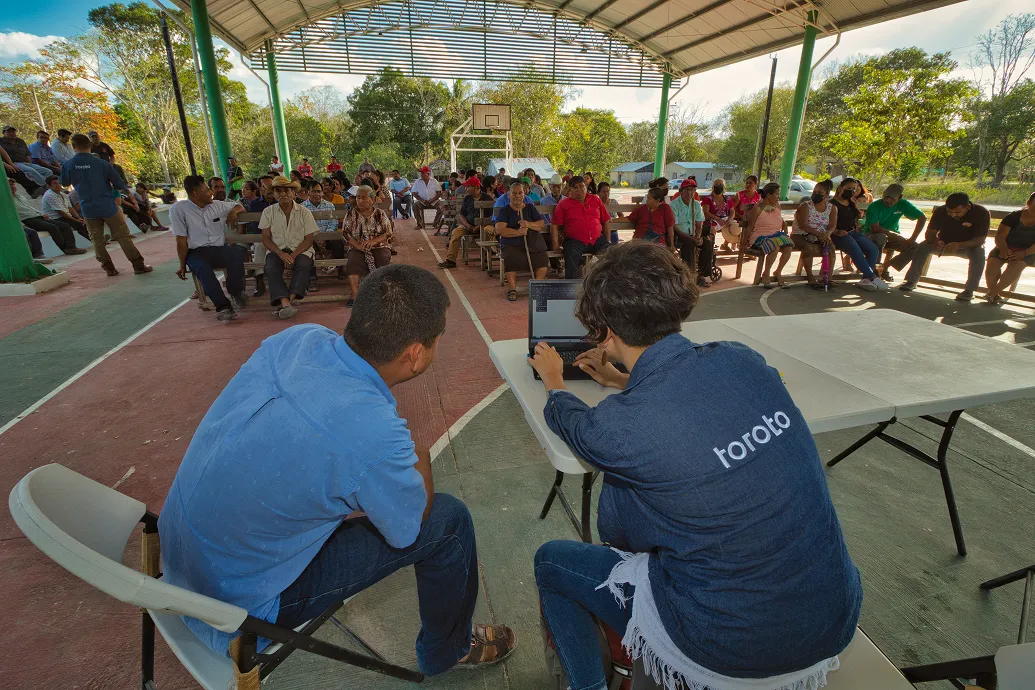
_Conhua%CC%81s.webp)
_Conhuas.webp)
.webp)
.webp)
_Conhua%CC%81s.webp)
_Conhuas.webp)

_Conhua%CC%81s.webp)
_Conhuas.webp)
.webp)
.webp)
_Conhua%CC%81s.webp)
_Conhuas.webp)

_Conhua%CC%81s.webp)
(03)
The Turning Point

A Collective Decision
The community identified an opportunity: to conserve their land not only as an environmental heritage, but also as a legitimate path of development. Thus, a carbon capture project built from its own territorial reality was born.

A Purpose-Driven Project
Through the conservation and management of its forest cover, the ejido generates carbon credits that allow it to finance restoration activities, community surveillance and capacity building, consolidating a long-term strategy.
Beyond Carbon
The design and management of the ejido of its territory focuses on local knowledge, community governance and the regeneration of ecosystems as a basis for collective well-being.
(04)
The Impact
Conservation with co-benefits

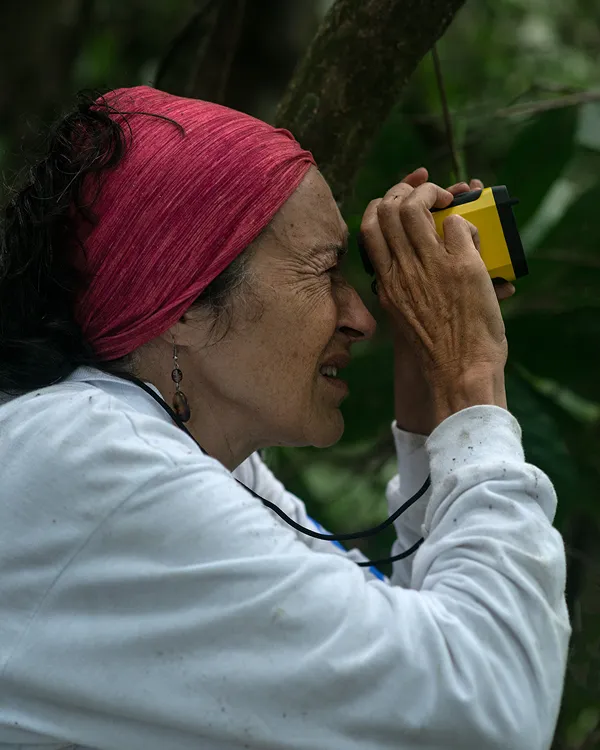
Science-Based Restoration
To ensure permanence and additionality, the project is registered, verified and certified by accredited entities. We also combine our Toroto Track tool with satellite monitoring and fieldwork technologies to ensure the quality and permanence of the captured carbon.

Biodiversity as a Foundation
Biodiversity is the foundation of resilient socio-ecological systems. Our specialized team performs baseline studies, continuous monitoring and strategies to conserve and strengthen key ecosystems.
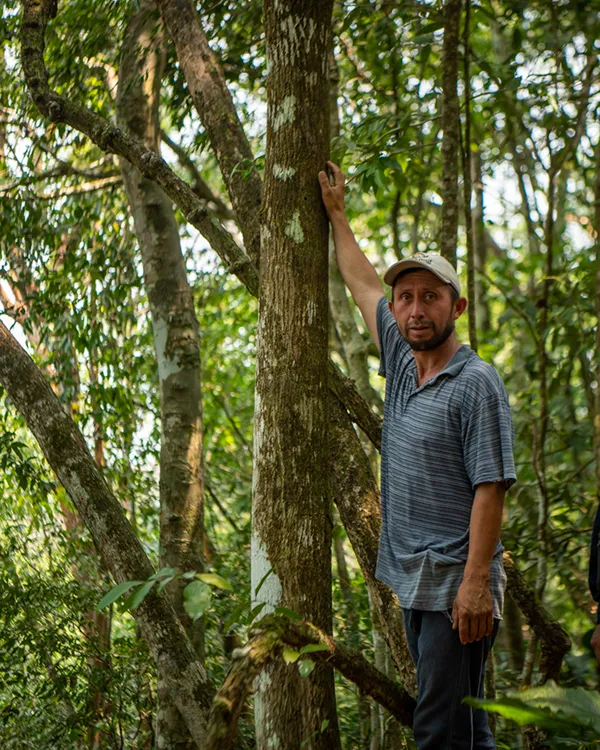
Community-Led Action
Local brigades implement conservation actions, generating employment, roots and a sense of belonging to the territory. These activities strengthen environmental education and encourage active and sustained community participation.
(04)
The Impact
Conservation with co-benefits
.jpg)
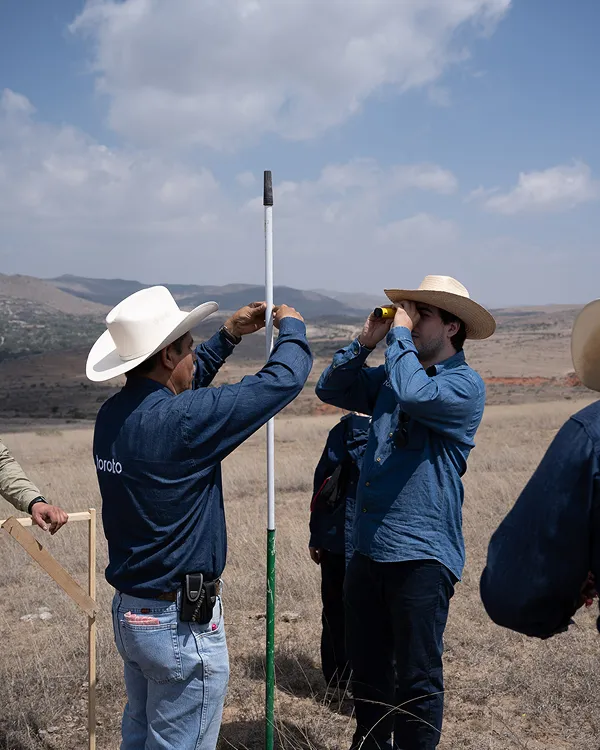
Science-Based Restoration
To ensure permanence and additionality, the project is registered, verified and certified by accredited entities. We also combine our Toroto Track tool with satellite monitoring and fieldwork technologies to ensure the quality and permanence of the captured carbon.
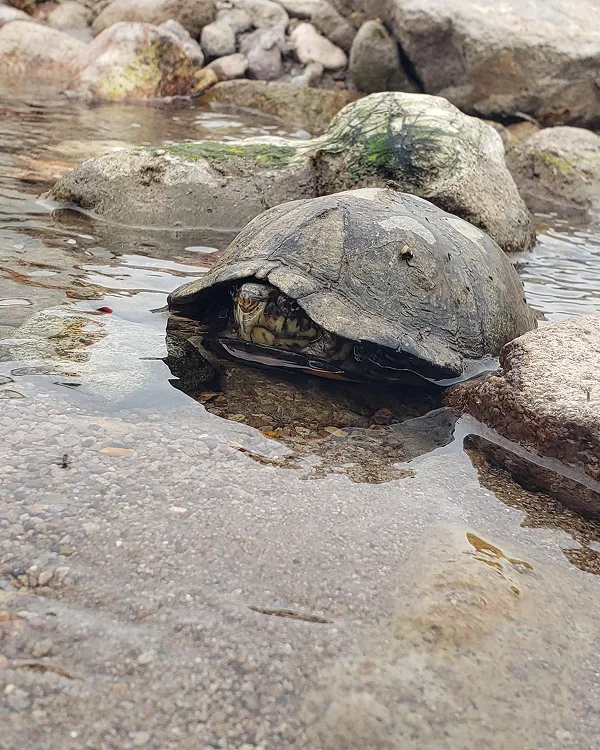
Biodiversity as a Foundation
Biodiversity is the foundation of resilient socio-ecological systems. Our specialized team performs baseline studies, continuous monitoring and strategies to conserve and strengthen key ecosystems.
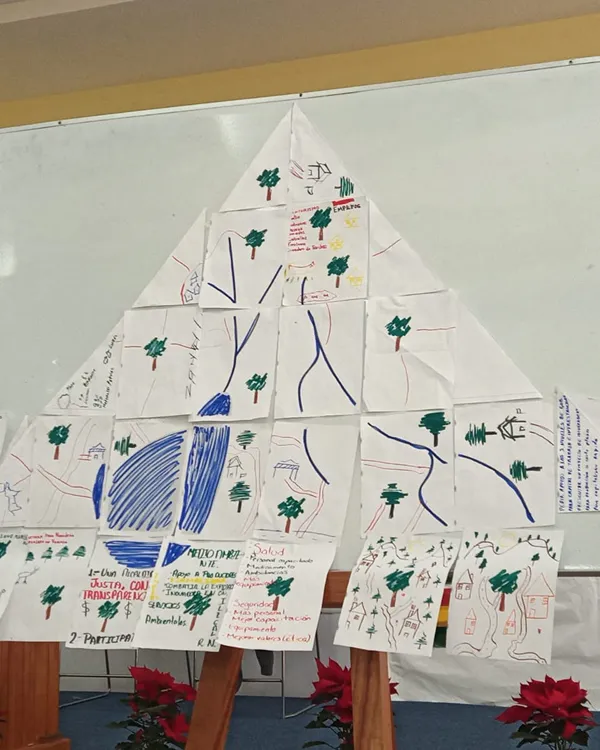
Community-Led Action
Local brigades implement conservation actions, generating employment, roots and a sense of belonging to the territory. These activities strengthen environmental education and encourage active and sustained community participation.
Regenerating nature, one project at a time
We do important things differently.
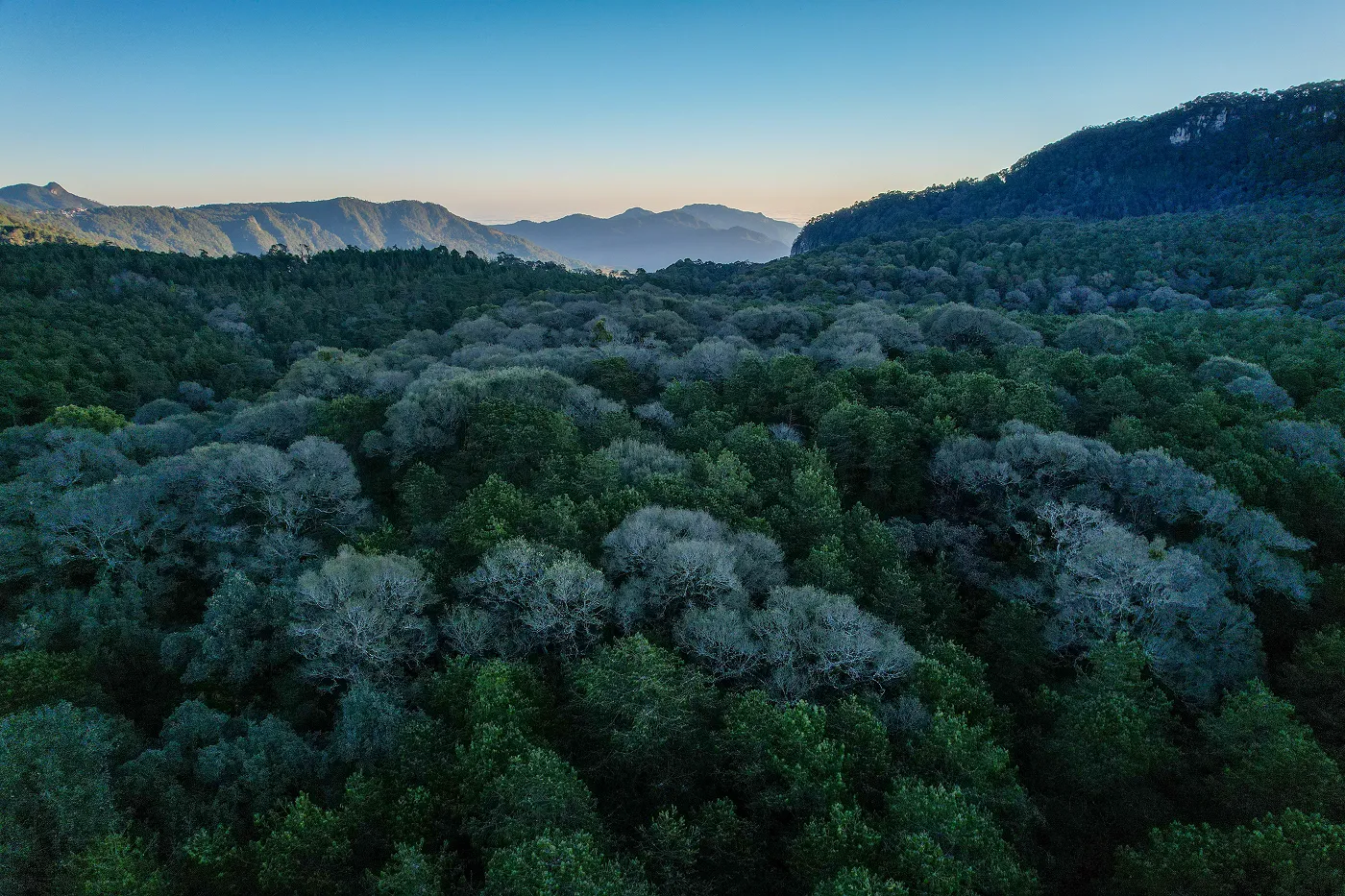
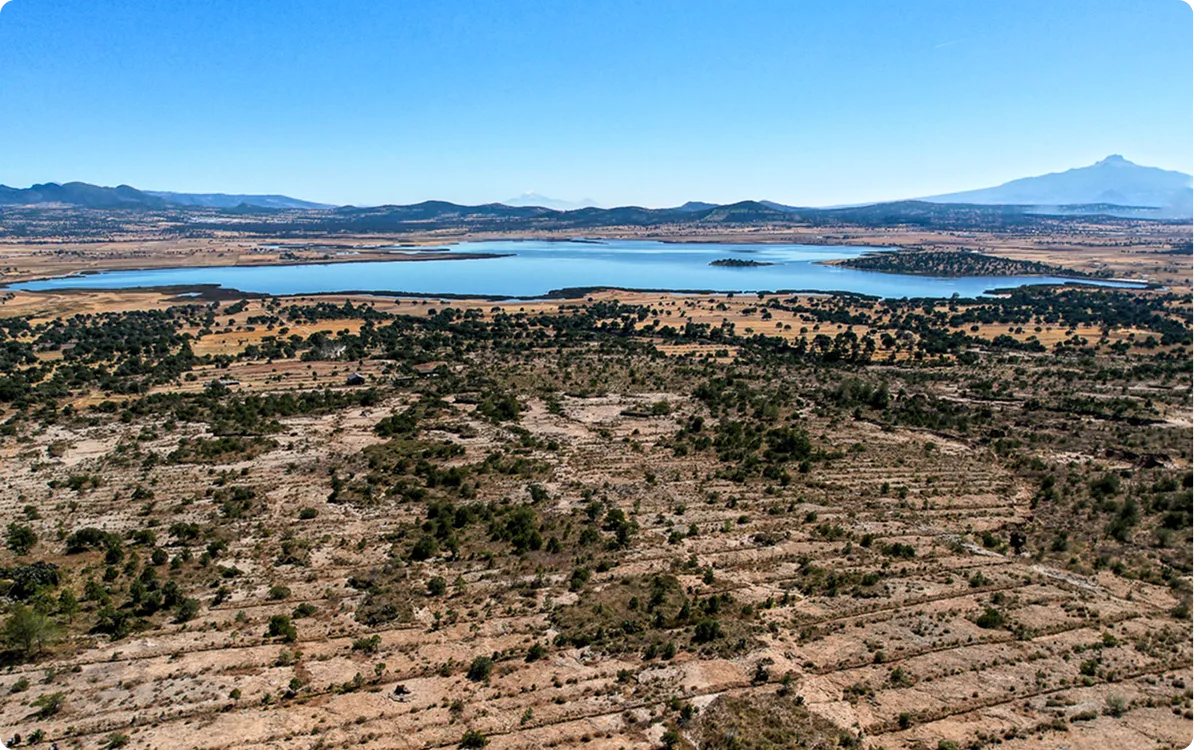
_Conhua%CC%81s%201.webp)
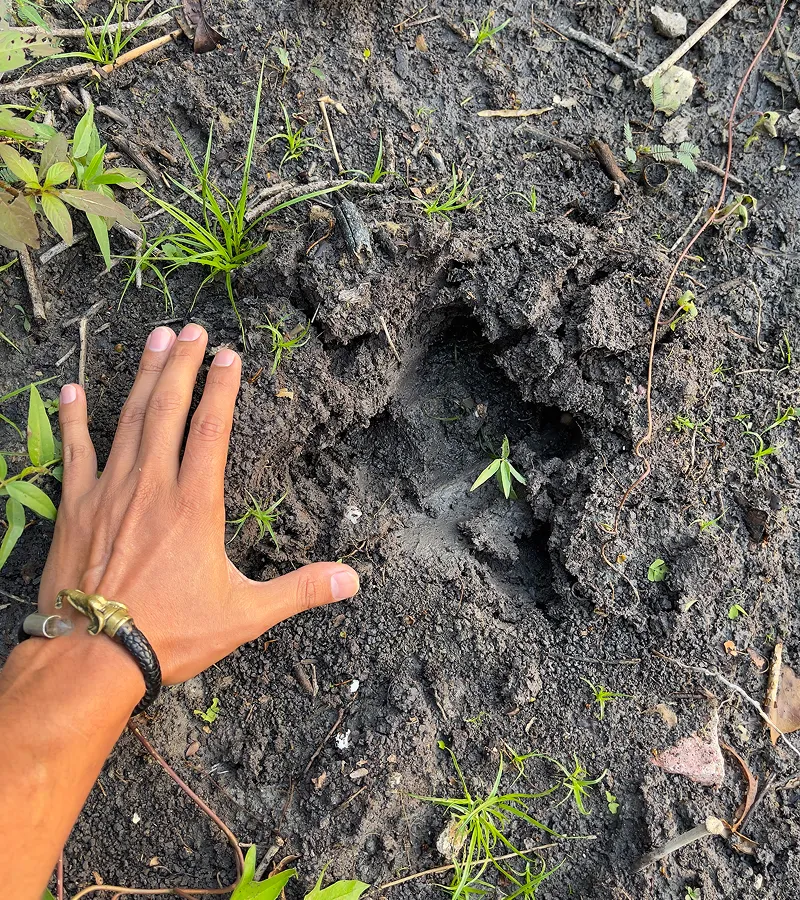
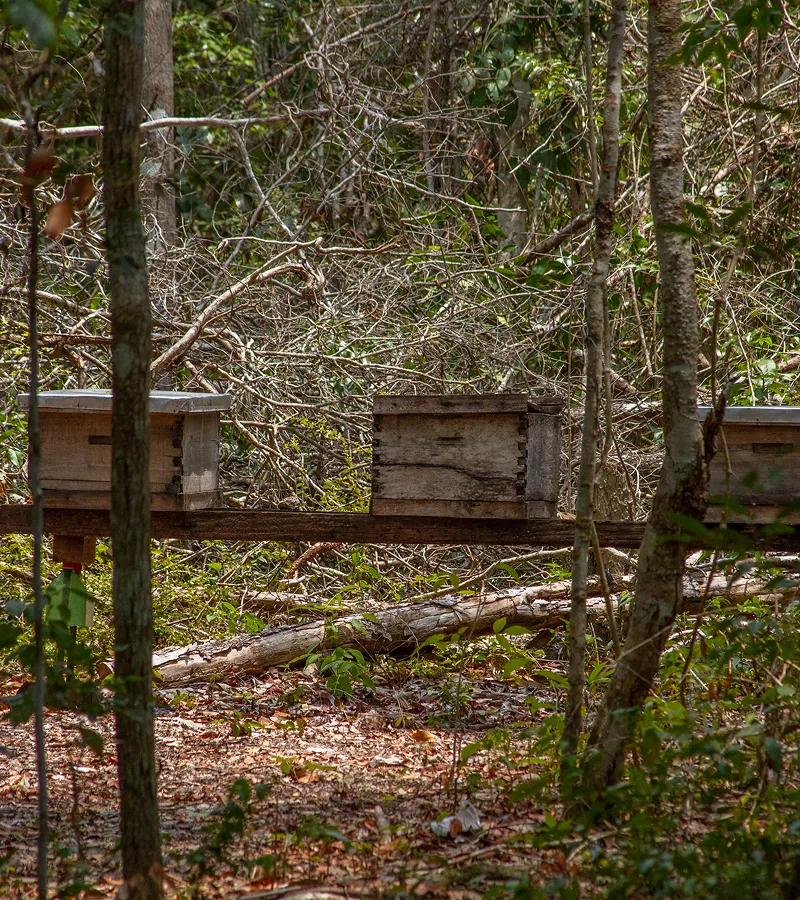
_Conhua%CC%81s%201.webp)
